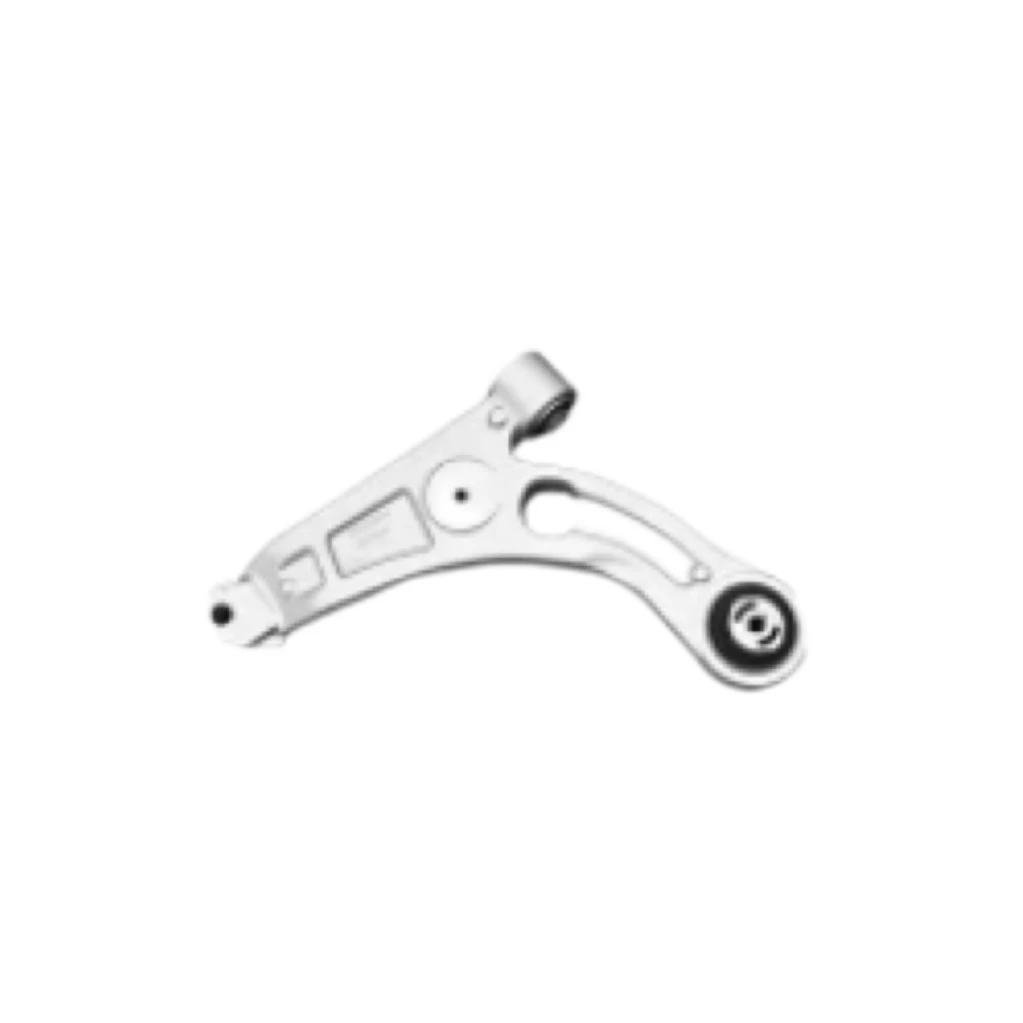
-
 Afrikaans
Afrikaans -
 Albanian
Albanian -
 Amharic
Amharic -
 Arabic
Arabic -
 Armenian
Armenian -
 Azerbaijani
Azerbaijani -
 Basque
Basque -
 Belarusian
Belarusian -
 Bengali
Bengali -
 Bosnian
Bosnian -
 Bulgarian
Bulgarian -
 Catalan
Catalan -
 Cebuano
Cebuano -
 Corsican
Corsican -
 Croatian
Croatian -
 Czech
Czech -
 Danish
Danish -
 Dutch
Dutch -
 English
English -
 Esperanto
Esperanto -
 Estonian
Estonian -
 Finnish
Finnish -
 French
French -
 Frisian
Frisian -
 Galician
Galician -
 Georgian
Georgian -
 German
German -
 Greek
Greek -
 Gujarati
Gujarati -
 Haitian Creole
Haitian Creole -
 hausa
hausa -
 hawaiian
hawaiian -
 Hebrew
Hebrew -
 Hindi
Hindi -
 Miao
Miao -
 Hungarian
Hungarian -
 Icelandic
Icelandic -
 igbo
igbo -
 Indonesian
Indonesian -
 irish
irish -
 Italian
Italian -
 Japanese
Japanese -
 Javanese
Javanese -
 Kannada
Kannada -
 kazakh
kazakh -
 Khmer
Khmer -
 Rwandese
Rwandese -
 Korean
Korean -
 Kurdish
Kurdish -
 Kyrgyz
Kyrgyz -
 Lao
Lao -
 Latin
Latin -
 Latvian
Latvian -
 Lithuanian
Lithuanian -
 Luxembourgish
Luxembourgish -
 Macedonian
Macedonian -
 Malgashi
Malgashi -
 Malay
Malay -
 Malayalam
Malayalam -
 Maltese
Maltese -
 Maori
Maori -
 Marathi
Marathi -
 Mongolian
Mongolian -
 Myanmar
Myanmar -
 Nepali
Nepali -
 Norwegian
Norwegian -
 Norwegian
Norwegian -
 Occitan
Occitan -
 Pashto
Pashto -
 Persian
Persian -
 Polish
Polish -
 Portuguese
Portuguese -
 Punjabi
Punjabi -
 Romanian
Romanian -
 Russian
Russian -
 Samoan
Samoan -
 Scottish Gaelic
Scottish Gaelic -
 Serbian
Serbian -
 Sesotho
Sesotho -
 Shona
Shona -
 Sindhi
Sindhi -
 Sinhala
Sinhala -
 Slovak
Slovak -
 Slovenian
Slovenian -
 Somali
Somali -
 Spanish
Spanish -
 Sundanese
Sundanese -
 Swahili
Swahili -
 Swedish
Swedish -
 Tagalog
Tagalog -
 Tajik
Tajik -
 Tamil
Tamil -
 Tatar
Tatar -
 Telugu
Telugu -
 Thai
Thai -
 Turkish
Turkish -
 Turkmen
Turkmen -
 Ukrainian
Ukrainian -
 Urdu
Urdu -
 Uighur
Uighur -
 Uzbek
Uzbek -
 Vietnamese
Vietnamese -
 Welsh
Welsh -
 Bantu
Bantu -
 Yiddish
Yiddish -
 Yoruba
Yoruba -
 Zulu
Zulu
jan . 14, 2025 10:57
Back to list
upper and lower control arm
The integral components of a vehicle's suspension system, the upper and lower control arms with ball joints, play a pivotal role not only in ensuring a smooth ride but also in maintaining vehicular safety and performance. Let's delve into the nuances of these crucial parts, their functions, and why they are indispensable to automotive engineering.
An expert approach to managing these issues emphasizes regular inspection and timely replacement. Automotive specialists recommend checking the condition of your control arms and ball joints every 12,000 to 15,000 miles as part of routine maintenance. Investing in high-quality replacement parts is vital, given how much rides—literally—on their integrity. In terms of expertise, selecting the right material is essential when opting for replacement parts. Steel control arms offer robustness and longevity, ideal for drivers who demand maximum durability, especially in off-road or heavy-duty driving conditions. Meanwhile, aluminum control arms provide a lighter option, beneficial for those prioritizing fuel efficiency and performance. A trustworthy source for control arms and ball joints should be a vendor that guarantees precision engineering and adherence to automotive standards. Brands with a reputation for manufacturing excellence and thorough quality checks are the go-to for ensuring that replacement parts meet or exceed OEM specifications. Furthermore, relying on suppliers who offer comprehensive warranties can significantly enhance peace of mind. As an authoritative voice in the automotive domain, understanding and acknowledging the nuances of these components reflects a commitment to safety and engineering excellence. Whether you are a DIY enthusiast tackling your next project or a seasoned mechanic, comprehending the significance of upper and lower control arms with ball joints is paramount in safeguarding your vehicle and enhancing its maneuverability and longevity on the road.


An expert approach to managing these issues emphasizes regular inspection and timely replacement. Automotive specialists recommend checking the condition of your control arms and ball joints every 12,000 to 15,000 miles as part of routine maintenance. Investing in high-quality replacement parts is vital, given how much rides—literally—on their integrity. In terms of expertise, selecting the right material is essential when opting for replacement parts. Steel control arms offer robustness and longevity, ideal for drivers who demand maximum durability, especially in off-road or heavy-duty driving conditions. Meanwhile, aluminum control arms provide a lighter option, beneficial for those prioritizing fuel efficiency and performance. A trustworthy source for control arms and ball joints should be a vendor that guarantees precision engineering and adherence to automotive standards. Brands with a reputation for manufacturing excellence and thorough quality checks are the go-to for ensuring that replacement parts meet or exceed OEM specifications. Furthermore, relying on suppliers who offer comprehensive warranties can significantly enhance peace of mind. As an authoritative voice in the automotive domain, understanding and acknowledging the nuances of these components reflects a commitment to safety and engineering excellence. Whether you are a DIY enthusiast tackling your next project or a seasoned mechanic, comprehending the significance of upper and lower control arms with ball joints is paramount in safeguarding your vehicle and enhancing its maneuverability and longevity on the road.
Latest news
Tools Needed To Replace A Driver Side Upper Control Arm
NewsAug.05,2025
The Role of Front Upper and Lower Control Arms in Vehicle Handling
NewsAug.05,2025
Rear Upper Control Arm Geometry and Its Impact on Tire Wear
NewsAug.05,2025
Performance Benefits of Upgrading Your Right Rear Control Arm
NewsAug.05,2025
How Front Lower Control Arms Affect Tire Wear
NewsAug.05,2025
Extended Upper Control Arms And Their Impact On Wheel Travel
NewsAug.05,2025







